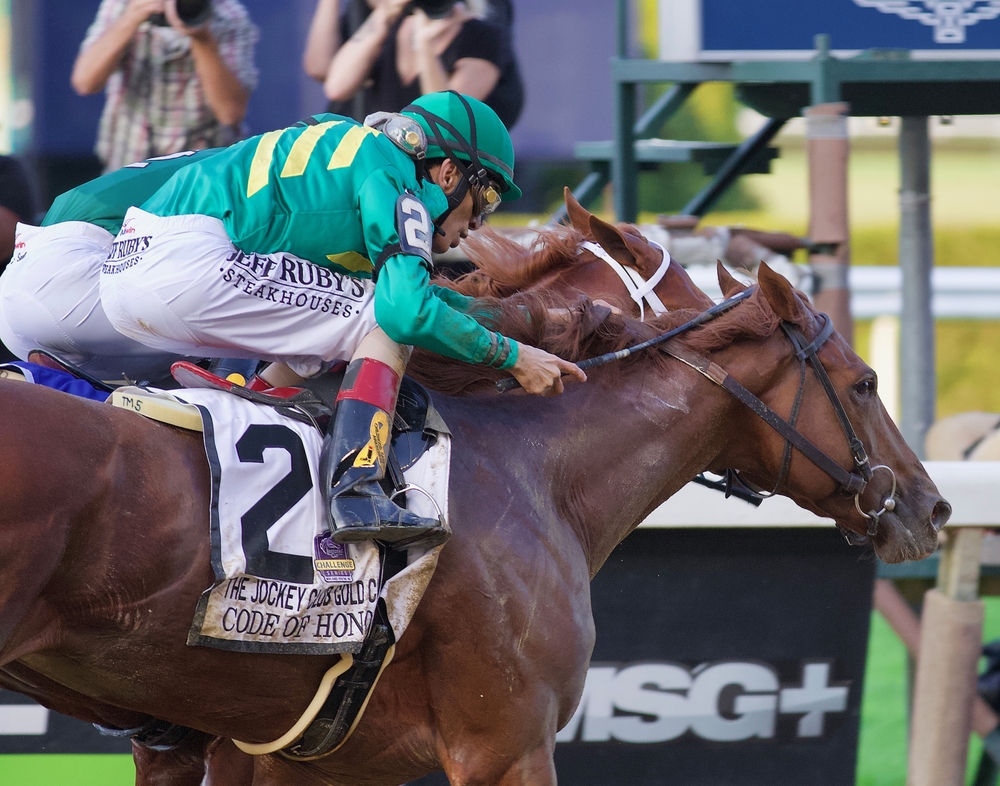In simple terms, Brännboll is a Swedish bat and ball game. Known as Brennball in Germany, rundbold in Denmark and brentball in Norway, it is similar in format to longball. Longball is another bat and ball game that originated in Denmark and is a hybrid of cricket and baseball.
Brännboll is mostly played at amateur levels in countries including Germany, Sweden, Denmark, Norway and Finland. Mostly played in public parks, fields or sports grounds, it is included in the curriculum in educational institutions in some regions as well. Let’s explore the history of this intriguing game and how it is played.
Origin of Brännboll
The name brännboll is derived from the practice of catching a player between two bases at the culmination of a batting round. This act is called burning or what we call being out in baseball or run out in cricket.
In the Scandinavian region, the earliest records of ball games can be traced back to the year 400, when a horn from that time was found carrying a picture of a man throwing a ball to two other men trying to catch it. While there have been multiple renditions of bat and ball games, brännboll is not that old and was invented towards the end of the 19th century.
Initially played informally, it became an organised sport in the 20th century when the Brännbollscupen or the Brännboll championship was introduced in 1974. This led to the introduction of formal rules to standardise the game
IKSU, a non-profit organisation and sports club in Umea, Sweden, organises the event every year. In the first year, 44 teams participated in the event. Over the years, the number has grown; now, more than 1000 teams participate in the event, and since 1997, it has held World Cup status. The event is organised in the last week of May, followed by the festival Brännboll syran.
How is Brännboll Played?
Since there is no governing body for Brännboll, the rules may vary from one region to the other. However, there are numerous commonalities between the formats, and we have shared a few here.
Unlike cricket or baseball, there is no bowler or pitcher for Brännboll, and the batters bounce or throw the ball before hitting it with their bat. Usually, players play with a tennis ball, while the bat may vary. Some use a regular metallic or wooden baseball bat; others use a paddle-like bat that resembles a cricket bat. Mostly, inexperienced players use the paddle-like bat. In some instances, a racket is also used. The valid area for batting successfully in terms of width is usually determined as an imaginary border, trees lining the field etc. The field proportions and players’ positions are subjective and usually adjusted according to the team size and players’ throwing or catching prowess.
When the batter hits the ball, they must drop the bat and make their way counter-clockwise around the four bases. Meanwhile, the opposing team players catch and throw the ball back to the catcher, who is positioned by the brannplatta, the outer base. If the catcher makes contact with the outing base while holding the ball, he announces the end of batting round with brand or out.
The player on the batting team will need to move back to the first base or last visited base, as the rules prescribe if they are caught between the two bases at the end of batting round. In this case, the catching team gets the point. Similarly, if the batter is unable to bat in the first three attempts, they will move to first base, and the next player comes to bat.
There is no limit on the number of players at each base, but if the players on the batting team do not reach the fourth base, they will not be able to re-join the batting queue, and there will be no batsmen left. Hence the batting or inner team is utebranda or caught out, and depending on the local rules, the catching team is awarded extra points to allow the players to return to the queue.
Otherwise, the inner team may switch sides, as batting is more effective for scoring points. This way, both teams get to bat and catch. The sequence is carried out one or two times, and sides are shifted after a predetermined duration. A scorekeeper records the time and score and has the final say on whether the inner team players are utebranda (caught out) at the end of batting round.
What Are The Brännboll Rules?
Brännboll is a cherished sport in Sweden, imbued with cultural significance and enjoyed by people of all ages. It’s a game that not only thrives in educational settings but also flourishes during festive occasions like Midsummer celebrations. The essence of Brännboll lies in its simplicity and the joy it brings to participants and spectators alike, making it a staple of Swedish cultural heritage.
The Brännboll game operates on basic principles that make it accessible and enjoyable. A standard game involves at least five players per team, with essential equipment including a Brännboll bat, a soft ball, and four bases. The objective is straightforward: players aim to hit the ball and navigate all bases without getting “burnt” or tagged out.
The rules of Brännboll are designed to foster a lively and engaging experience. The batter’s goal is to hit the ball as far as possible and then run between bases. A unique aspect of Brännboll is the absence of a pitcher; the batter self-launches the ball. If a fielder catches the ball before it hits the ground or tags a base with the ball before the runner arrives, the batter is considered “burnt.” Scoring occurs when a player completes a circuit around the bases and returns to the start without being burnt. Teams switch roles after each has completed their turn at batting.
Matches typically last between 20-30 minutes, with victory awarded to the team accumulating the most points. This format ensures games are brisk, competitive, and inclusive, embodying the spirit of community and camaraderie that Brännboll is known for.
For more detailed rules and variations of the game, exploring resources like Topend Sports and cultural insights on sites like jisport.se can provide a deeper understanding of Brännboll’s nuances and its cherished place in Swedish tradition.
Brännboll today
Today, the Brännbollscupen has become a significant event in Scandinavian countries, and the sport is also enjoyed at informal levels in fields and schools in these countries. However, Brännboll is played in some parts of the US, particularly Minnesota and other parts of the American Upper Midwest, as the area has significant Scandinavian influence.
In Germany, brennball, a similar game, is played in schools as a part of the PE curriculum. Unlike brännboll, the sport is played indoors with a comparatively larger ball and does not require a bat. Players throw the ball instead of batting.
Norwegians play a similar game called oddball or deathball. The game comprises 5 or 6 rings with a diameter of 1m, marked on the ground. The number of players is limited to the ring instead of four bases of brännboll.
Students in some countries also play another interesting version of brännboll called olbrännboll or beer brännboll. Players use beer cases as the bases, and the players on the batting team can drink when waiting to run. However, drinking beer is not mandatory. Another version is vinbrännboll or wine brännboll, where players have to drink a glass of wine when they pass the 4th base and are safe.
Can You Bet On Brännboll?
Brännboll, a game with roots in Scandinavia, is akin to Swedish longball and shares similarities with rounders, baseball, and other bat-and-ball sports. Predominantly played in countries such as Sweden, Norway, Denmark, Finland, and Germany, Brännboll is a fixture in parks, fields, and even as part of school curriculums in some regions. It’s a game noted for its amateur status, without a formal international governing body, leading to variations in rules from one area to another.
The game’s informal nature extends to Brännboll betting, which, unlike more mainstream sports, does not have a widespread betting market. This is primarily due to Brännboll’s amateur status and the absence of a professional league or standardised global competition. However, the Brännbollscupen, an organised championship event in Umeå, Sweden, has elevated the sport to a “World Cup” status since 1997, showcasing the game’s potential for greater recognition and perhaps, in the future, a more structured approach to Brännboll betting.
While Brännboll betting might not currently feature prominently in sportsbooks, the game’s community-driven spirit and the growth of events like Brännbollscupen suggest a potential for niche betting markets, especially in regions with a strong cultural attachment to the game. For now, Brännboll remains a testament to the joy of play, rooted in tradition and community engagement, rather than the competitive betting landscapes associated with more commercialised sports.





